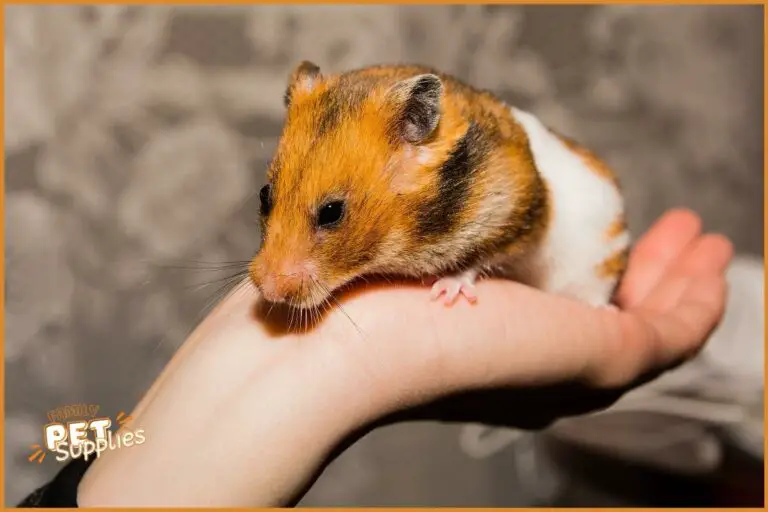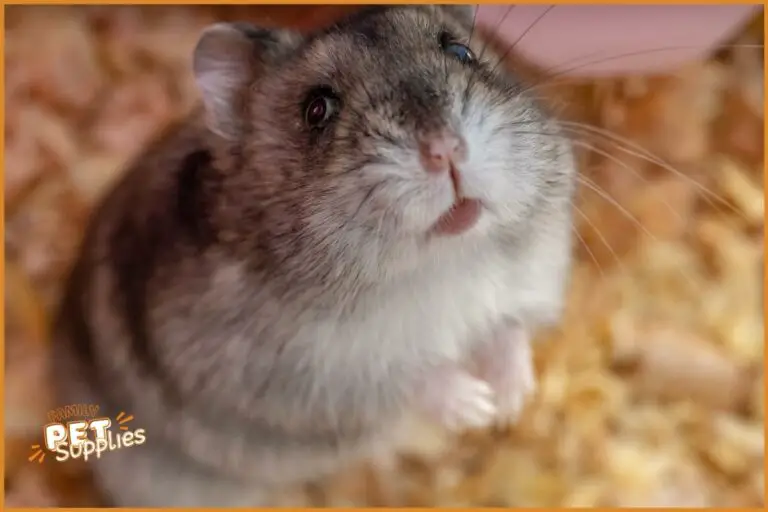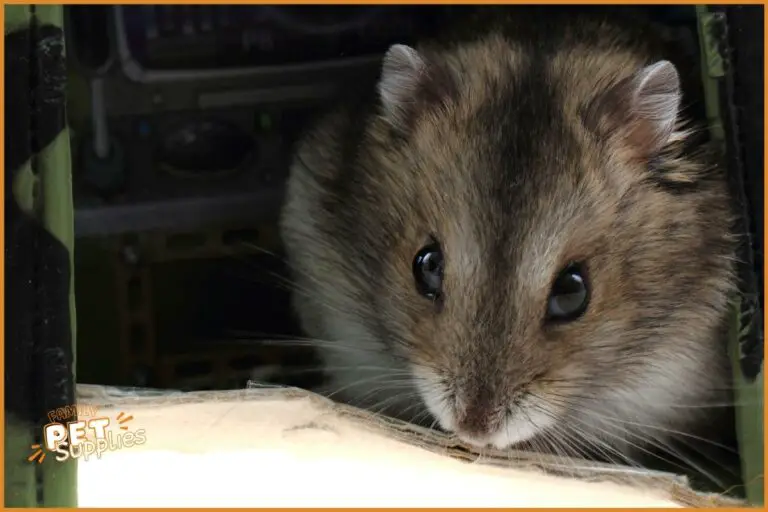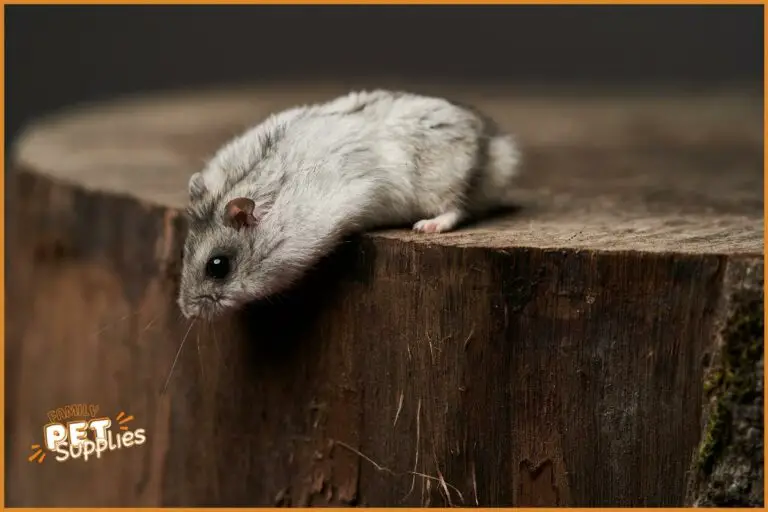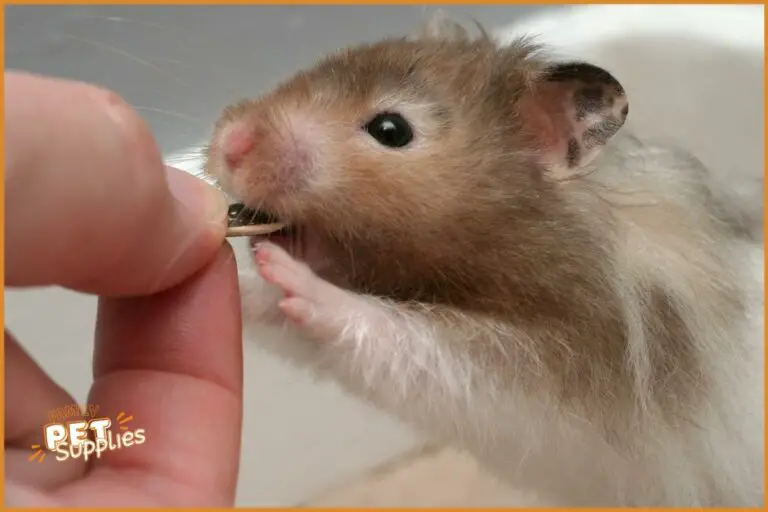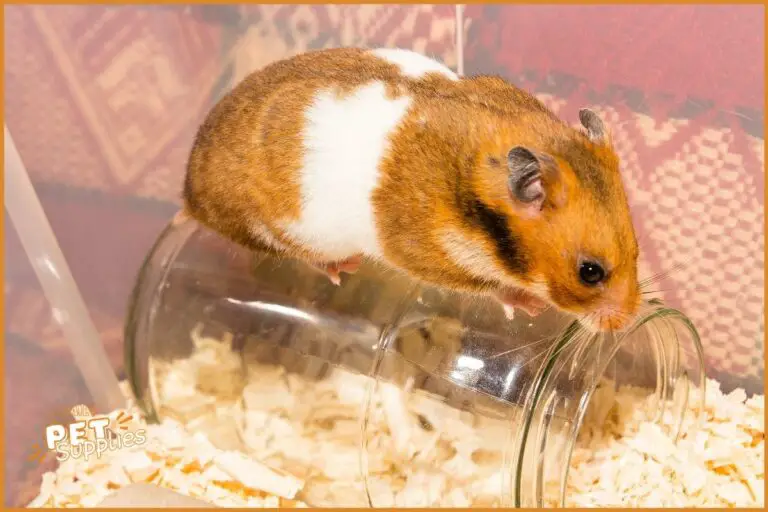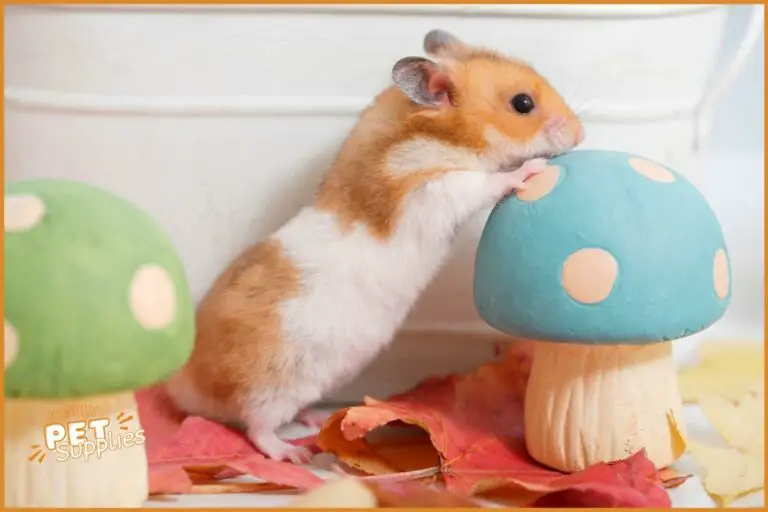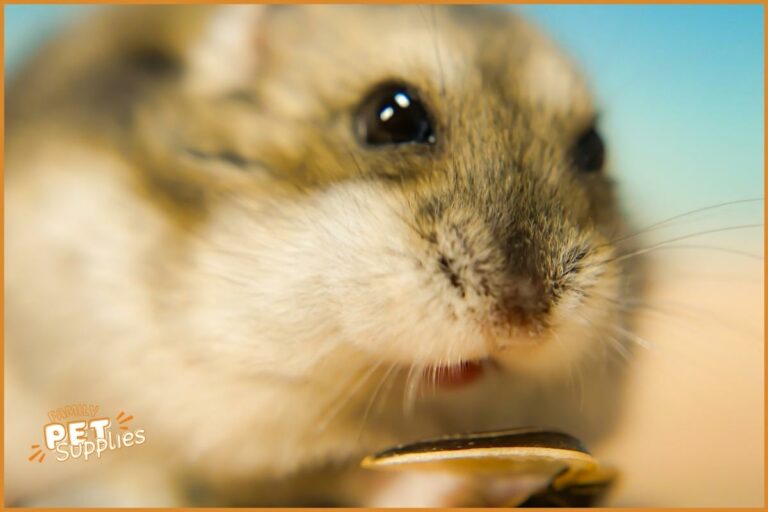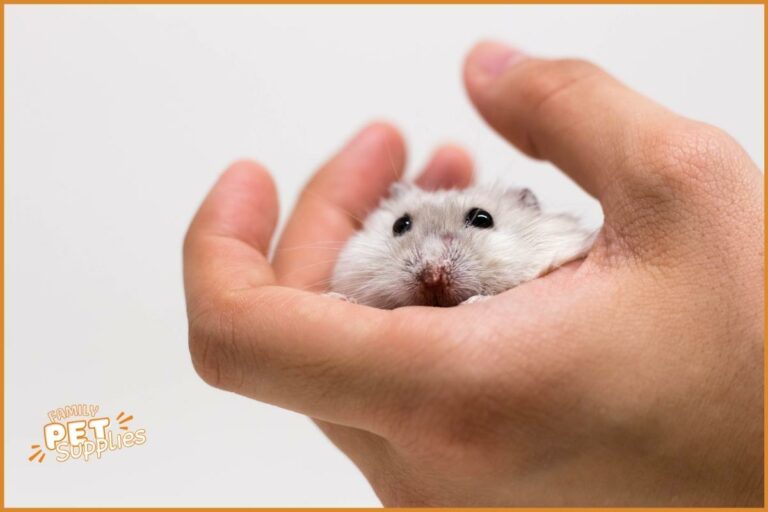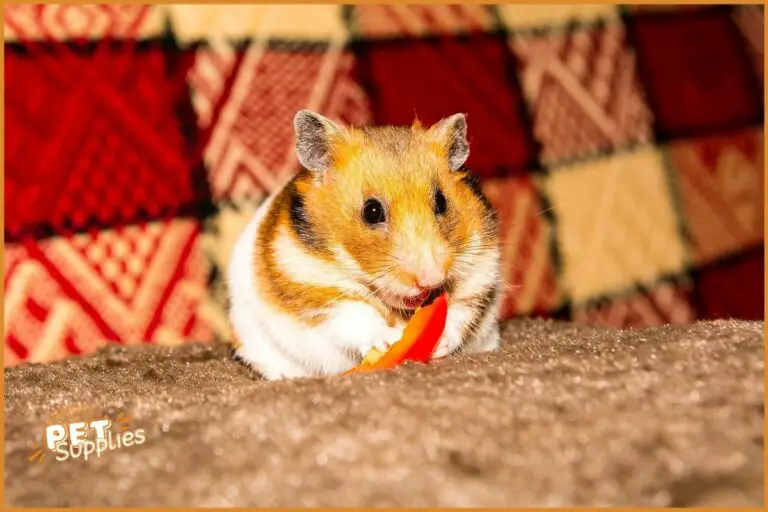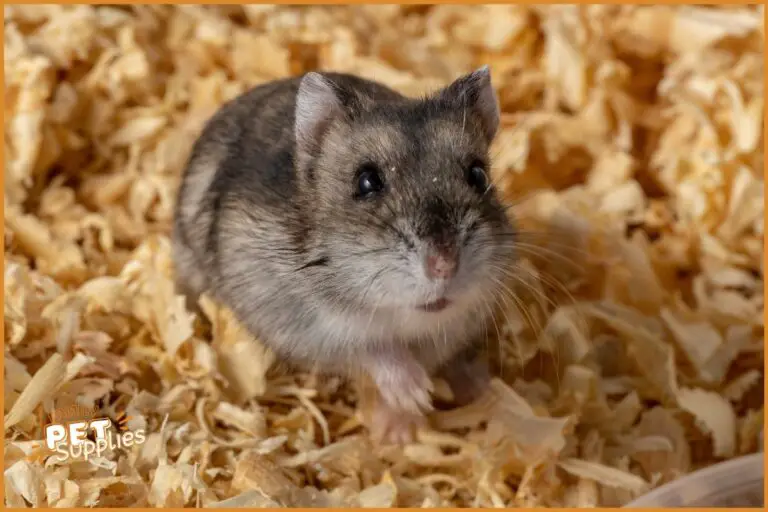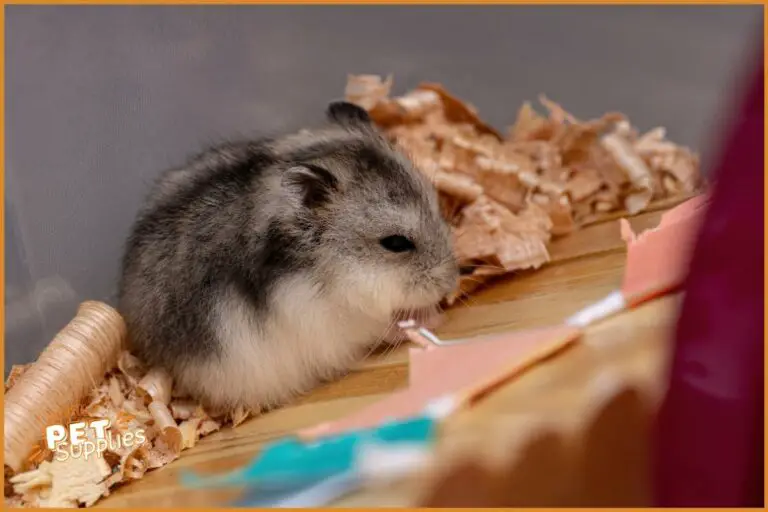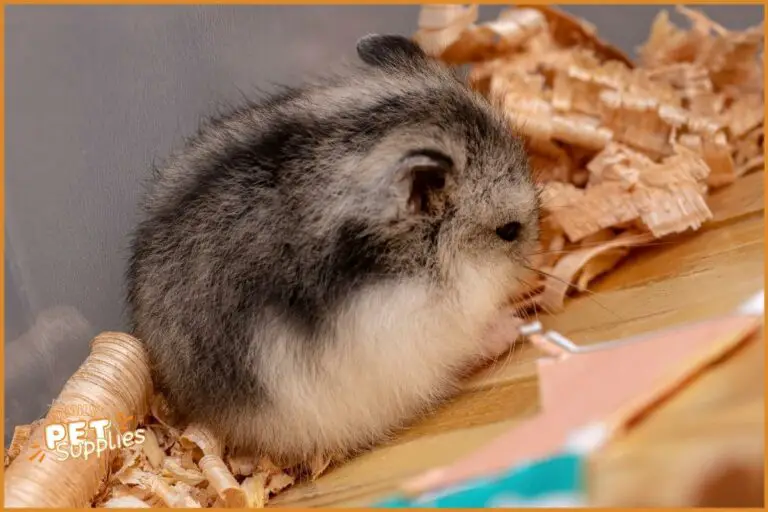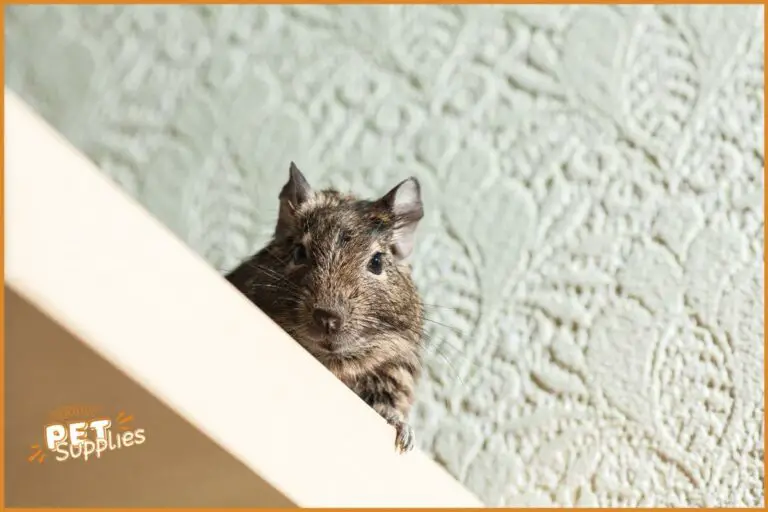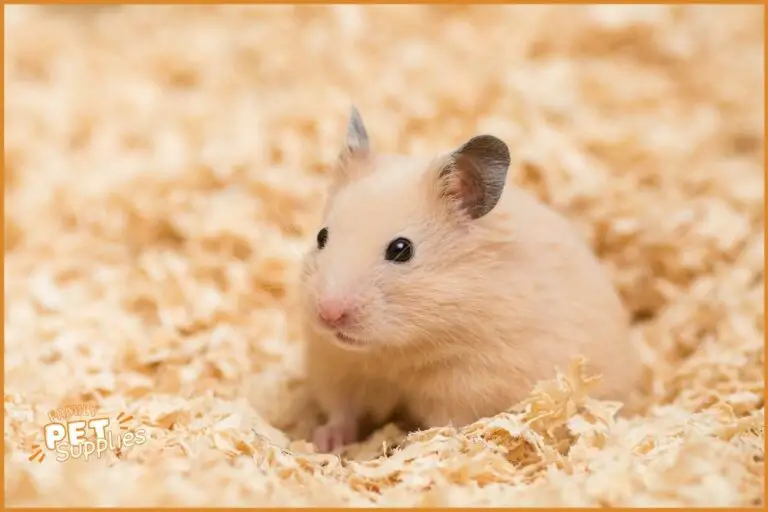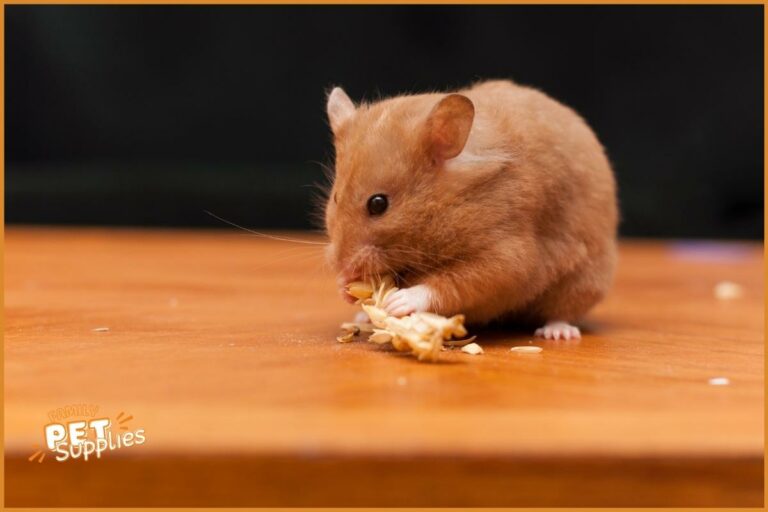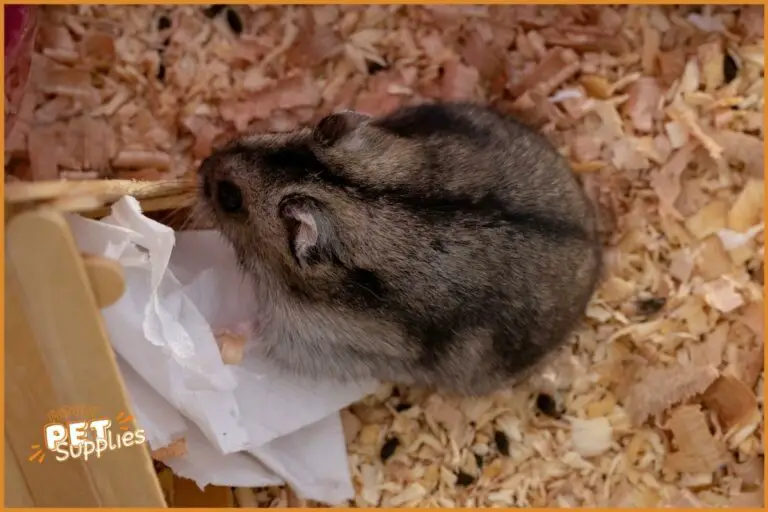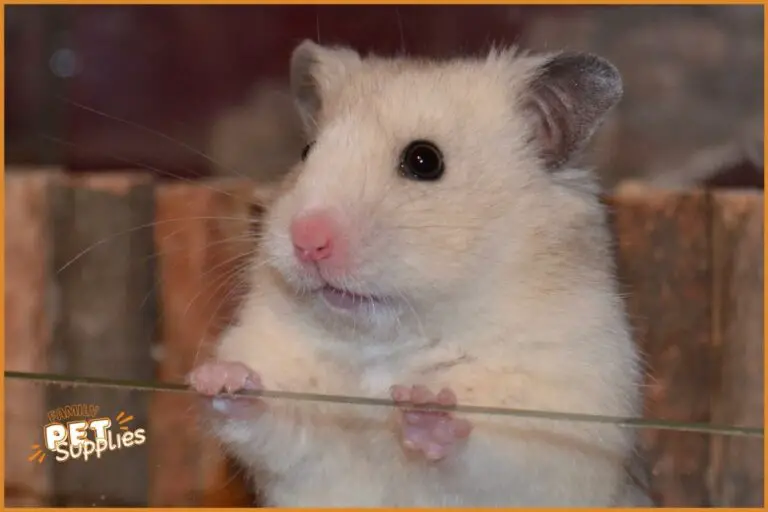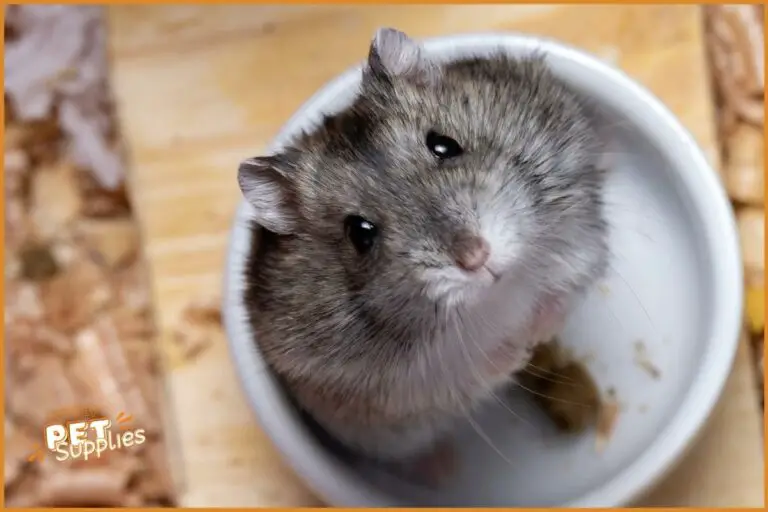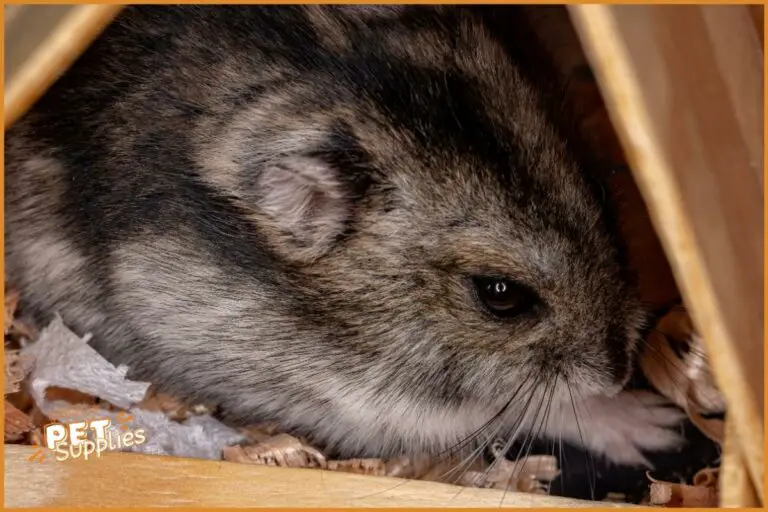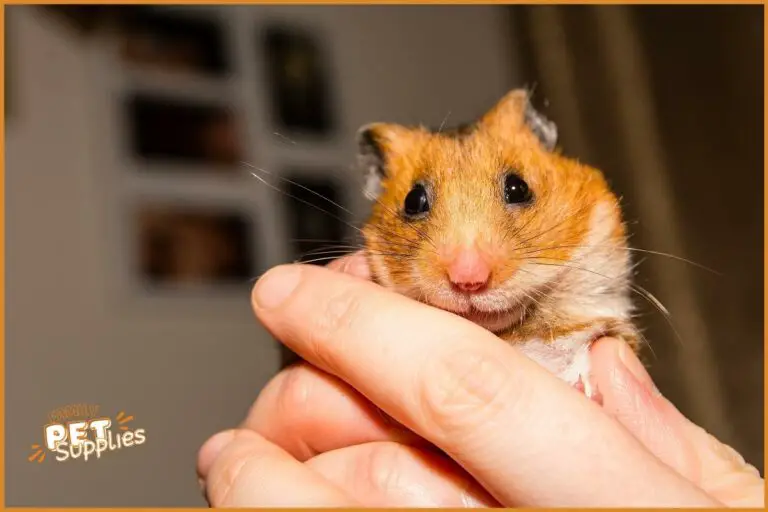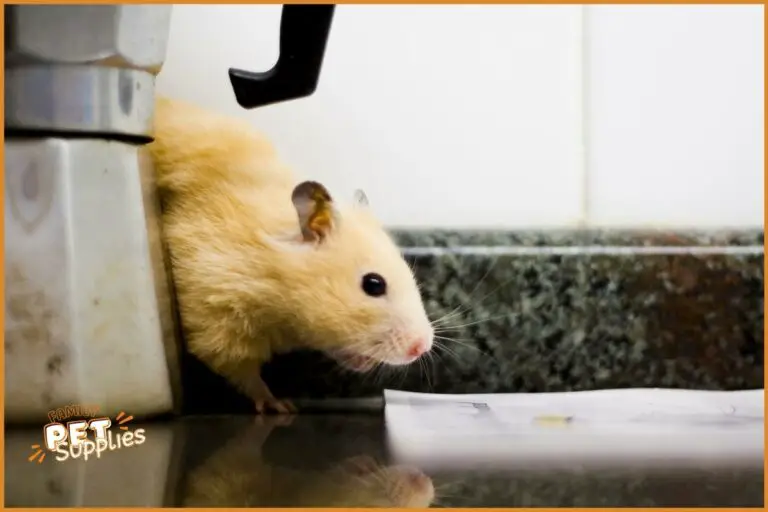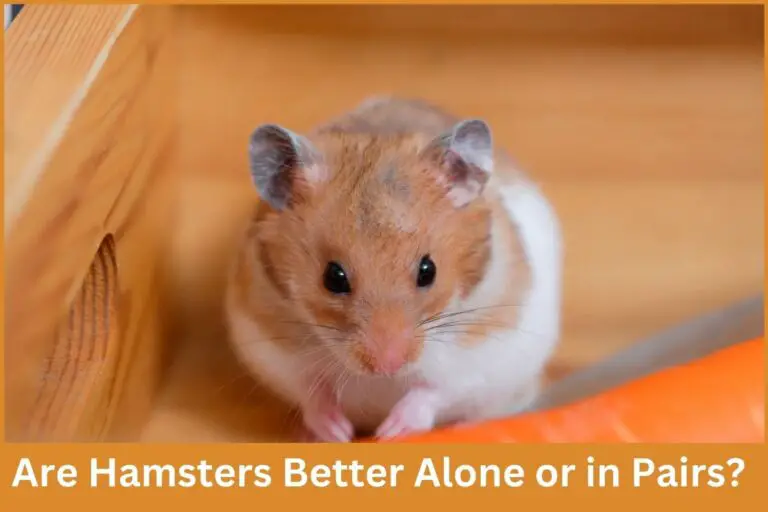Contrary to popular belief, hamsters are not always solitary creatures. Here is some insight into hamster relationships and social interactions:
- Solitary in Captivity – Pet hamsters are often kept solitary because they may fight in cramped cages that don’t allow natural group behaviors. But hamsters can peacefully cohabitate given enough space.
- Colony Life – Dwarf hamster species including Roborovski and Djungarian are actually social in the wild, living in colonies with orderly hierarchies.
- Female Pairs – Female hamsters generally tolerate same-sex pairs or groups better than males. Littermates are especially likely to get along if raised together from birth.
- Male Aggression – Male hamsters are often aggressive toward other hamsters due to territorial nature and hormones. They are best kept solitary.
- Communication – Hamsters have scent glands and communicate a lot through scent marking. Swapping scented bedding helps establish boundaries.
- Careful Introductions – When pairing hamsters, even littermates, introduce them in a neutral space and monitor carefully for signs of aggression.
- Offer Escape Routes – Ensure paired hamsters each have their own nesting area, food dish, and hiding spots they can retreat to if tensions arise.
- Watch for Stress – Look for signs of stress like excessive grooming, pouched food, or changes in behavior. Separate immediately if aggression occurs.
With proper precautions, hamster pairs and groups can thrive!

